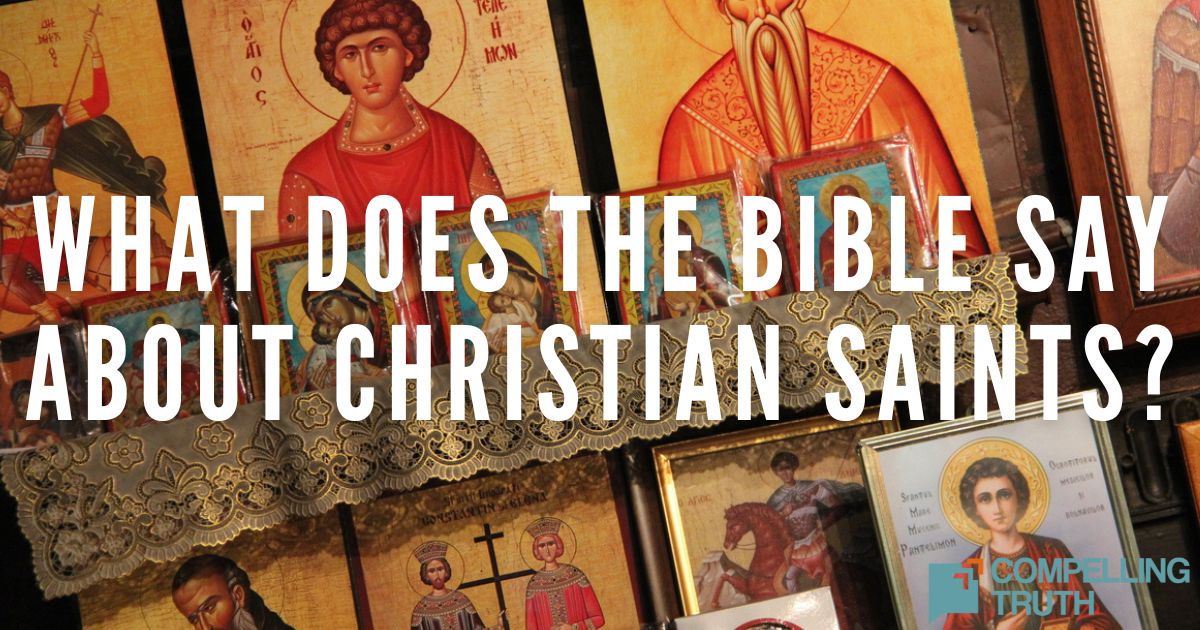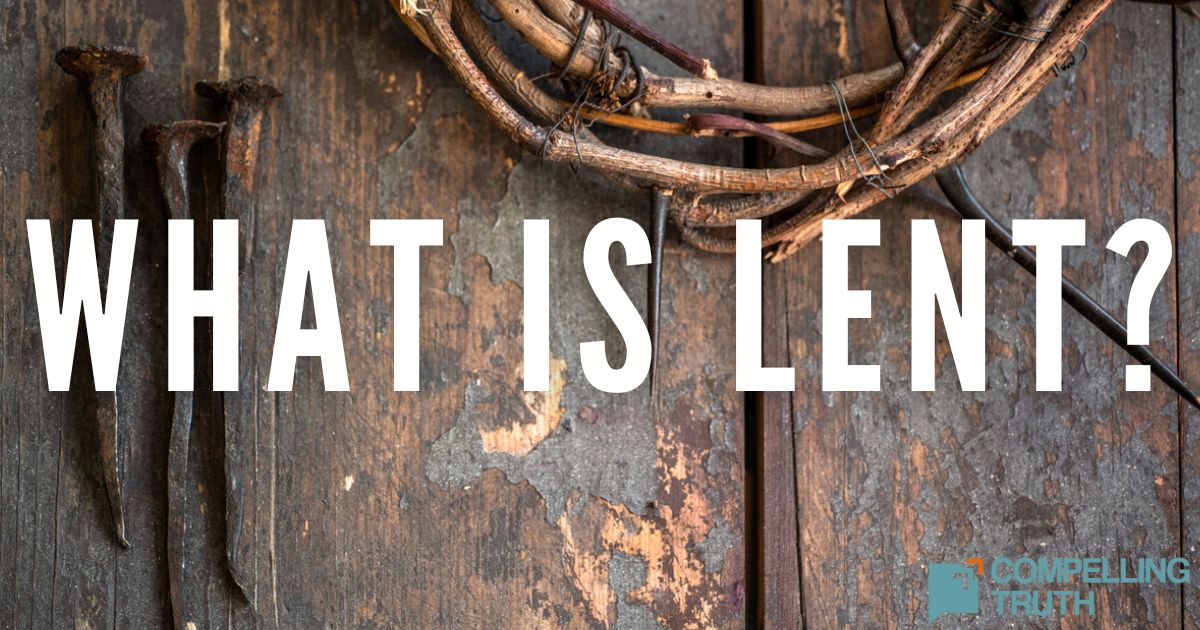St. Patrick’s Day honors Saint Patrick, a fifth-century Christian missionary who brought the gospel to Ireland. His mission work reflected the biblical call to love God fully and share His message with all nations. Saint Patrick’s mission aligns with Old Testament teachings on wholehearted devotion to God (Deuteronomy 6:5) and spreading His glory (Psalm 96:3), as well as the New Testament Great Commission to evangelize and baptize (Matthew 28:19-20). Despite being kidnapped and enslaved in Ireland, Patrick returned to share the gospel, demonstrating forgiveness, humility, and faithful witness (2 Timothy 4:2). His use of the shamrock to explain the Trinity shows his approach of connecting biblical truths to the culture he ministered to. Today, St. Patrick’s Day celebrates his legacy and blends religious, cultural, and national elements, while reminding believers of the call to faithfully share Christ’s love.
Saint Patrick was born in Roman-controlled Britain in the late fourth century. At sixteen, he was kidnapped and sold into slavery in Ireland. He tended his master's sheep for six years before escaping back to his family. Patrick had many visions, including one telling him to return to Ireland to convert the population to Catholicism. He studied for the priesthood and was ordained as a bishop. He returned to Ireland to build up the few Catholics already there and to draw the Irish from their native pagan religion.
More legends exist about St. Patrick than hard facts. It is said he used the three-leafed shamrock to explain the Trinity. Snakes are rare or non-existent in Ireland; this led to the story that St. Patrick banished snakes from the island after they attacked him. On one occasion, it is said that St. Patrick arrived at a town, thrust his ash walking stick into the ground, and started preaching. But his message took so long the stick grew roots and became an ash tree. He also supposedly banished the monster Caoranach to Lough Derg (red lake).
Catholics commonly honor their saints with a feast day on the anniversary of their death (or a day assigned to their death if unknown). St. Patrick's is March 17. His day is enthusiastically celebrated in Ireland, as he is the symbol of Catholicism in Ireland, and his day marks a temporary lift of the Lenten fast from alcohol, although the celebration is moved if it falls within Holy Week. The Irish government now uses St. Patrick's Day to publicize the country and its culture with a festival that can last five days. Irish in other nations also observe the day; the city of Chicago dyes the Chicago River green every year, and several cities in Japan hold parades throughout the month of March.
While St. Patrick's Day has become more about Irish nationalism and ethnicity than religion, we can still take away something from the man and his legends. Whatever the true story is, it is universally told that he was kidnapped and enslaved, escaped, and returned to the place of his slavery to spread the Gospel. His forgiveness and humility are inspiring. Legend says that he left his well-to-do family and the benefits due his position as a bishop to become an itinerant preacher among the very people who had captured him. And, true or not, the story of how he compared the shamrock to the Trinity is a great example of meeting people where they are and explaining Christ in their own environment (1 Corinthians 9:19-22).




